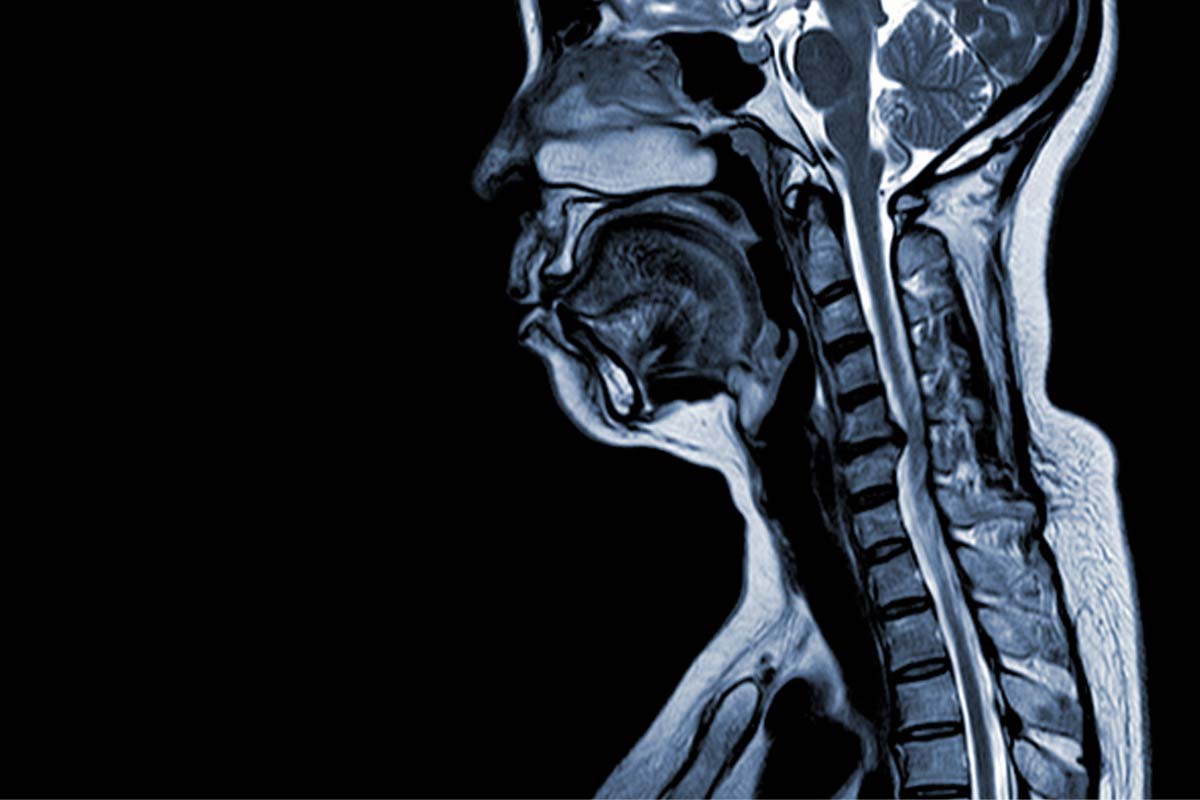
Prim Care Companion CNS Disord 2021;23(5):20br03017
To cite: Katato HK, Gautam M, Akinyemi EO. The danger of face masks on an inpatient psychiatric unit: new protocol to prevent self-harm. Prim Care Companion CNS Disord. 2021;23(5):20br03017.
To share: https://doi.org/10.4088/PCC.20br03017
© Copyright 2021 Physicians Postgraduate Press, Inc.
aDepartment of Psychiatry, Henry Ford Hospital/Wayne State University, Detroit, Michigan
*Corresponding author: Hala K. Katato, DO, MA, Henry Ford Health Systems, 2799 W Grand Blvd, Detroit, MI 48202 ([email protected]).
Coronavirus disease 2019 (COVID-19) has introduced a serious threat to psychiatric inpatients, which lies, literally, within the masks required to prevent viral spread. On our inpatient psychiatric unit, a female patient attempted suicide between 15-minute safety checks by using the metal nose bridge inside a hospital-issued procedure mask to make a deep incision in her forearm. This suicide attempt led to an emergency department visit and laceration repair. This incident prompted an in-depth look at our self-harm prevention processes, resulting in a new protocol that eliminates the nose bridge for all patients’ masks within our psychiatric facility. Herein, we share research on the safety and utilization of this strategy.
Our psychiatric inpatients require negative COVID PCR testing within 24 hours prior to admission to a negative COVID unit. However, Centers for Disease Control and Prevention (CDC) guidelines recommend continued mask wearing and other protective measures, despite recent negative testing.1 These guidelines are especially important for our psychiatric inpatients due to their increased risk of contracting viral diseases because some patients’ mental illness is so severe that they may be unable to adhere to protective measures.2 Early in the pandemic, prior to providing our patients with masks, our facility completed a risk assessment based on CDC guidelines and available literature. It was determined that eliminating the face masks was not an option. However, the incident now sparked a necessary pursuit for a protective mask without metal.
There are no studies, to our knowledge, comparing the fitted filtration efficiency (FFE) of procedure masks with and without a nose bridge. However, a study3 showed that adding nose bridges to consumer-grade masks improved FFE. The study3 also demonstrated that FFE of publically available consumer-grade masks, some without nose bridges, are nearly equivalent to non-N95 masks.3 Additionally, FFE was positively correlated with variables that optimize mask seal. These include tying ear loops and tucking in corners of the mask, as well as other variables that we will not mention due to possible ligature risk if utilized.3 These findings are consistent with that of another study,4 which found that FFE of procedure masks was reduced with simple head movements, demonstrating the importance of a tight seal. Collectively, these data suggest FFE reduction when the nose bridge is removed but improved FFE when mask seal is optimized.
Prior to finalizing our protocol, the Henry Ford Supply Chain and the System Infection Prevention/Control reviewed all medical-grade masks available on the market, and it was determined that no other products could be utilized that did not pose a self-harm risk. Thus, we reviewed available literature to weigh benefits and risks of nose-bridge removal from all patients’ masks. The primary benefit is self-harm prevention, consistent with previous literature highlighting the importance of removal of sharp objects and ligature risks in psychiatric units.5 The primary risk is FFE reduction. While the exact FFE required to prevent viral transmission is unknown, FFE reduction could increase vulnerability to infection.3 However, we can mitigate this risk by instructing patients to tie the ear loops or tuck in corners of their masks to optimize the mask seal. Taken together, the benefits of nose-bridge removal were deemed to outweigh the risks.
This method of self-inflicted injury is relevant as COVID-19 cases continue to surge and the recommendation for masks is expected to continue. We urge all inpatient psychiatric facilities to evaluate the clinical environment for emergence of new safety risks that the pandemic may have introduced. We are optimistic that these observations will spur further investigations. Is this a viable protocol not only in psychiatric facilities but also for psychiatric patients in the emergency department or the medical floor? What strategy could mitigate the ligature risk of face mask ear loops? Psychiatric care must continuously adapt to meet the evolving challenges of COVID-19.
Received: May 19, 2021.
Published online: September 2, 2021.
Potential conflicts of interest: None.
Funding/support: None.
References (5)

- Testing for COVID-19. Centers for Disease Control and Prevention website. Accessed March 17, 2021. cdc.gov/coronavirus/2019-ncov/symptoms-testing/testing.html.
- Gautam M, Thakrar A, Akinyemi E, et al. Current and future challenges in the delivery of mental healthcare during COVID-19. SN Compr Clin Med. 2020;2(7):1–6. PubMed CrossRef
- Clapp PW, Sickbert-Bennett EE, Samet JM, et al. US Centers for Disease Control and Prevention Epicenters Program. Evaluation of cloth masks and modified procedure masks as personal protective equipment for the public during the COVID-19 pandemic. JAMA Intern Med. 2021;181(4):463–469.
- Sickbert-Bennett EE, Samet JM, Clapp PW, et al. Filtration efficiency of hospital face mask alternatives available for use during the COVID-19 pandemic. JAMA Intern Med. 2020;180(12):1607–1612. PubMed CrossRef
- Cardell R, Bratcher KS, Quinnett P. Revisiting “suicide proofing” an inpatient unit through environmental safeguards: a review. Perspect Psychiatr Care. 2009;45(1):36–44. PubMed CrossRef
Please sign in or purchase this PDF for $40.




